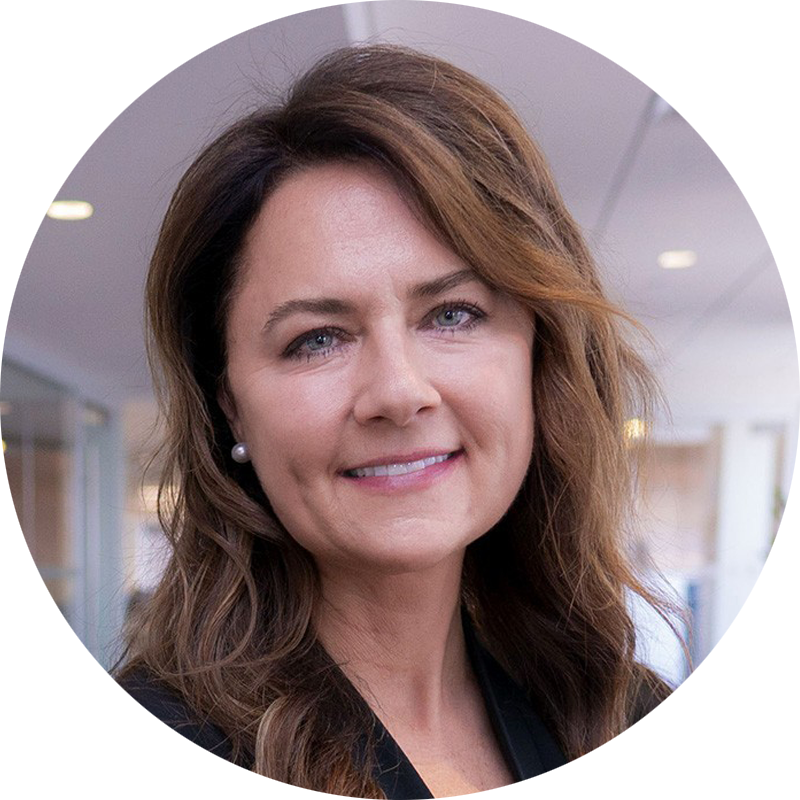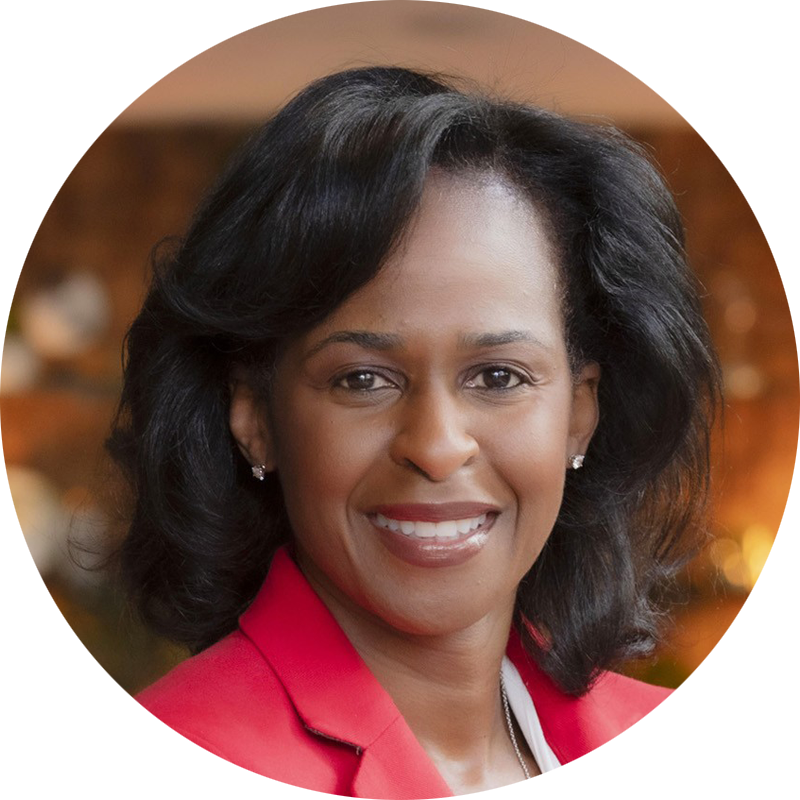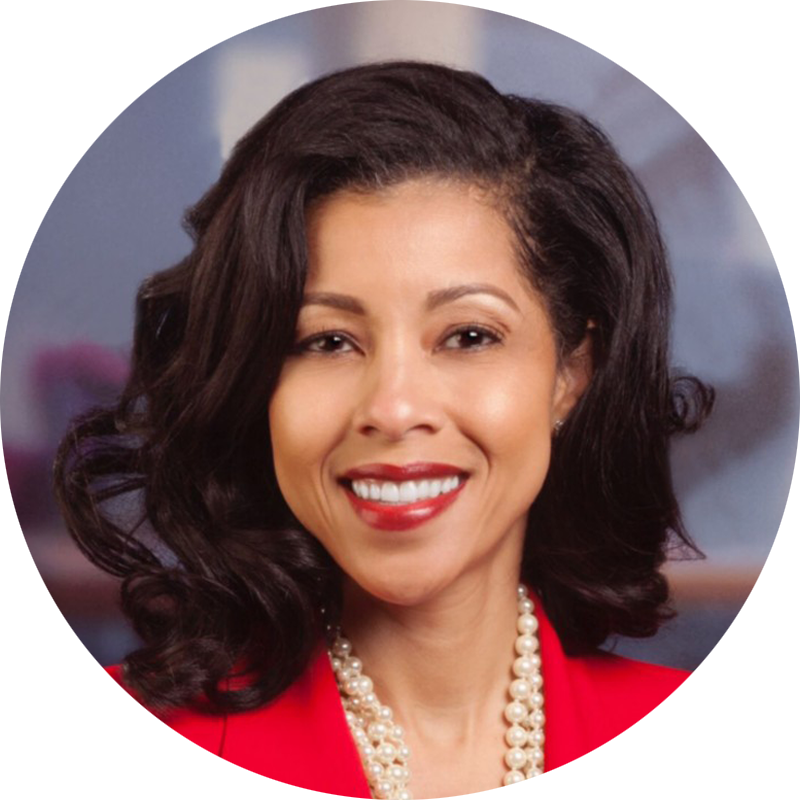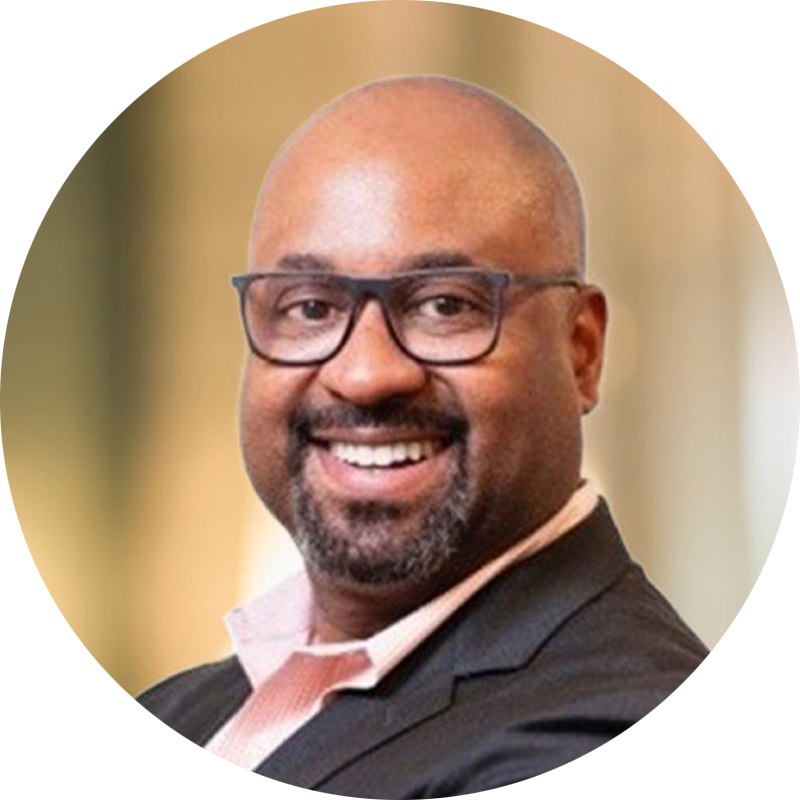In July 2020, Ernst & Young LLP (EY US) launched our Bridging the digital divide initiative, a journey to support underserved students and other populations by joining forces with organizations to facilitate access to devices, broadband internet service and mentoring.
Too often in the US, a student’s or worker’s potential is limited by geography or economic circumstances. Bridging the digital divide isn’t just about opening doors; its purpose is much bigger. The initiative is an integral part of EY US’ social justice commitment, which is to take decisive action to eradicate racism and discrimination by leveraging our influence to drive strategic change in our firm, in the communities where we work, and support policies that promote digital readiness.
This report summarizes the progress we’ve made in our first year of bridging the digital divide, including our greatest challenges, successes and the impact we’ve made on our communities. We don’t purport to have all the answers, but we want to be leaders in the public discussion by asking the right questions and facilitating much-needed collaboration between the public and private sectors.
Whether you’re part of an organization looking to make an impact or stepping up as an individual, there’s an opportunity for us all to make a difference. When it comes to the pursuit of racial and social justice, there’s no finish line, just a long-standing commitment to build a better world.


Ginnie Carlier
EY Americas Vice Chair – Talent


Leslie Patterson
EY Americas Diversity, Equity and Inclusiveness Leader


Erika Patterson
EY Americas Corporate Responsibility Leader and Bridging the Digital Divide Co-leader


Kevin P. Brown
EY US Digital Business Transformation and Intelligent Automation Principle and Bridging the Digital Divide Executive Sponsor
Systemic racism, discrimination and injustice are a human rights crisis. We vow to continue to be a force and a voice for a more just and equitable world.
EY US is taking actions to eradicate racism and discrimination by leveraging our influence to drive strategic change within our organization, in the communities where we work, and through public policy.
One area we feel passionate about addressing is the digital divide that disadvantages so many underserved communities, making it impossible for people of color to fully participate in the modern economy and society.
Building access to better lives in Baltimore
Dr. Sonja Santelises, CEO of Baltimore’s public schools, talks with Arun Subhas, EY Baltimore Office Managing Partner; and Kevin Brown, EY Bridging Digital Divide Excutive Sponsor, about the firm’s impact on underserved students during the pandemic.
Nearly half of Americans without at-home internet were in Black and Hispanic households.
Harvard Business Review, “How to Close the Digital Divide in the U.S.”
With the assistance of dedicated staff and resources, we empowered 80-plus EY US offices across the country to study the problems and work to effect change in the best and most impactful way for their communities.
What is the digital divide?
The digital divide describes the gap between households with and without access to computers and broadband internet connectivity. This problem became more apparent and aggravated during the COVID-19 pandemic as schools, jobs and business transactions migrated to online platforms. Many students simply did not have the hardware and connectivity needed to learn and perform to their full potential.
Source: Pew Research Center, American Community and Family Survey, NCES
EY US’ Bridging the digital divide initiative launches
As part of our social justice commitments, EY US began reaching out to clients and not-for-profits in July 2020 to create powerful public and private sector coalitions. Our goals were:
To provide devices and broadband for students to connect to the internet.
To engage our professionals as virtual mentors focused on navigating education disruption brought on by COVID-19.
Virtual mentoring includes helping underserved students and their families to manage online connectivity and new devices, maximize online learning, apply to and navigate financial sources to pay for college (including EY College MAP scholarships) and connect with socially distanced internships.
EY US’ Bridging the digital divide initiative follows a “now, next and beyond” strategy that applies our consulting acumen with an eye toward social inclusion. “Now” focuses on working with other organizations to support students, families and educators to provide digital devices and broadband access. “Next” is a stabilizing phase in which virtual mentorship creates a path to training skills and future life readiness that can be elevated to transform communities for the “beyond.”
Mentoring matters
Connectivity and devices alone cannot solve the digital learning gap. The private and public sectors are critical in the community effort to support access to education for underserved youths and develop future generations of talent through mentorship.
Youths with mentors are more likely to aim higher. That means participating in sports, attending college, taking on leadership roles and volunteering in their communities.
We know the importance of mentorship firsthand, given EY US’ long-standing programs to increase opportunities for underserved youth. In conjunction with Bridging the digital divide, programs such as our flagship College MAP (Mentoring for Access and Persistence) deliver on our commitment to support the next generation. EY College MAP matches employee volunteer mentors with groups of 11th and 12th graders in underserved high schools throughout the US so they gain access to college and succeed. The program demystifies the process of applying to and paying for higher education and encourages students who might not otherwise have considered it an option. We then work with students to build the skills and confidence they need to persist in completing their post-secondary goals.
EY College MAP has been hailed as one of the most innovative and high-impact corporate volunteer programs focused on mentoring in the US. To date, our volunteers have mentored more than 2,000 underserved students across 38 US cities.
The data shows powerful results: 99% of EY College MAP students nationwide graduate from high school and matriculate to colleges and universities or promising trade and military careers (compared with 72% of their relevant peer group).
We’re also engaging EY professionals as volunteer mentors through other impactful programs, such as Network for Teaching Entrepreneurship (NFTE), a global nonprofit that brings the power of entrepreneurship to youths in low-income communities. Another top collaborator is Junior Achievement, the world's largest organization dedicated to educating students in grades K-12 about entrepreneurship, and fosters work readiness and financial literacy through experiential, hands-on programs. Third-party collaborators iMentor and United Way are key as well.
One in three youths grows up without a mentor of any kind.
MENTOR, the unifying champion for youth mentoring in the US, defines a mentor as: a “supportive adult who works with a young person to build a relationship by offering guidance, support and encouragement to help the young person’s positive and healthy development over a period of time.”
With the help of our corporate, public and nonprofit collaborators, the impact so far has been inspiring:
80+
Cities where EY US has established Bridging the digital divide coalitions.
$4.3 m
Raised through public-private coalitions.
$1.5 m
Contributions to the United Way from our EY people to address the digital divide
75k
Underserved students connected to the internet via subscriptions or hotspots provisioned
72.5k
hours of online mentoring to underserved students since start of the pandemic provided by EY community mentors through programs such as EY College MAP (exceeding our goal of 40k)
78k
laptops delivered to underserved students through our EY College MAP program and Bridging the digital divide initiative
The digital divide impacts the world beyond education, as many companies are digitizing their operations faster than ever. Many crucial government, financial and telemedicine services have moved online. In addition, as many companies took advantage of the pandemic to drive digital transformation, the digital divide actually broadened, leaving more potential employees, customers and stakeholders unable to engage in the new digital world.
Mapping digital divide success in 2020–21
Where we’re delivering connectivity, hardware and mentoring to make a difference and bridge the digital divide.
Roll over map to see local success stories and videos




